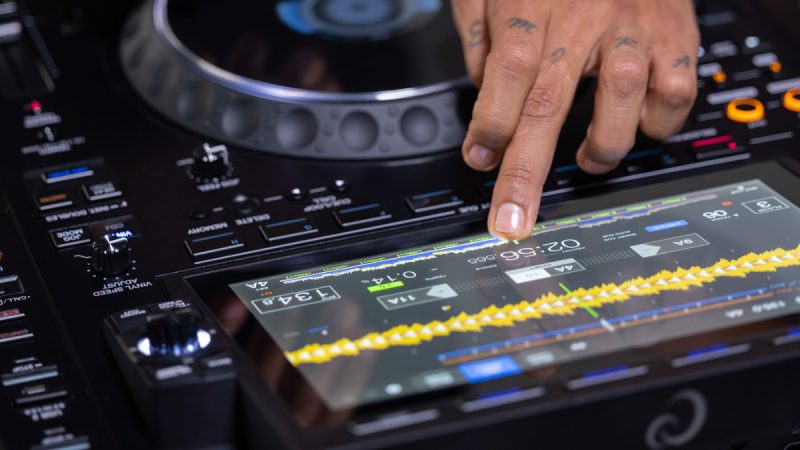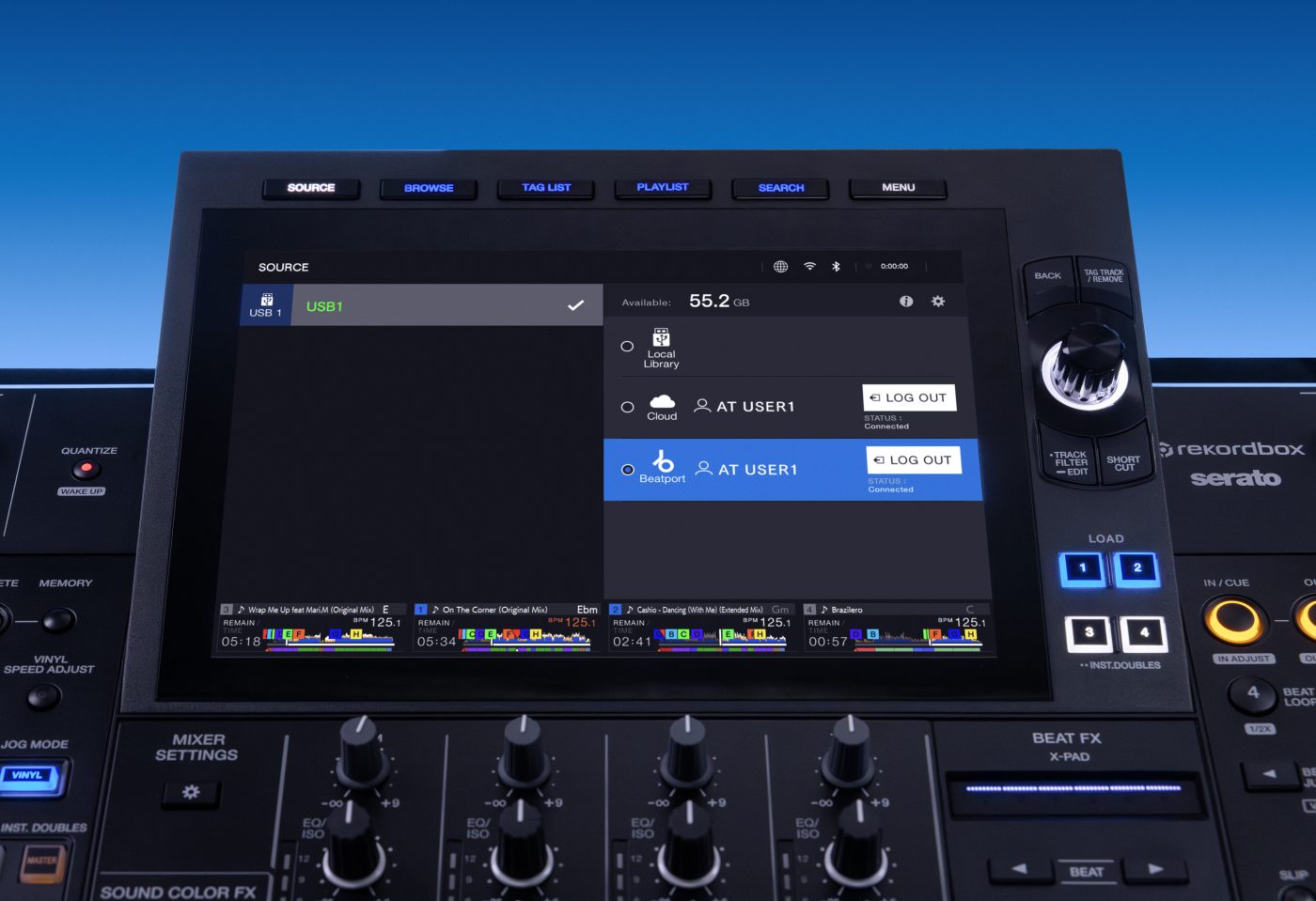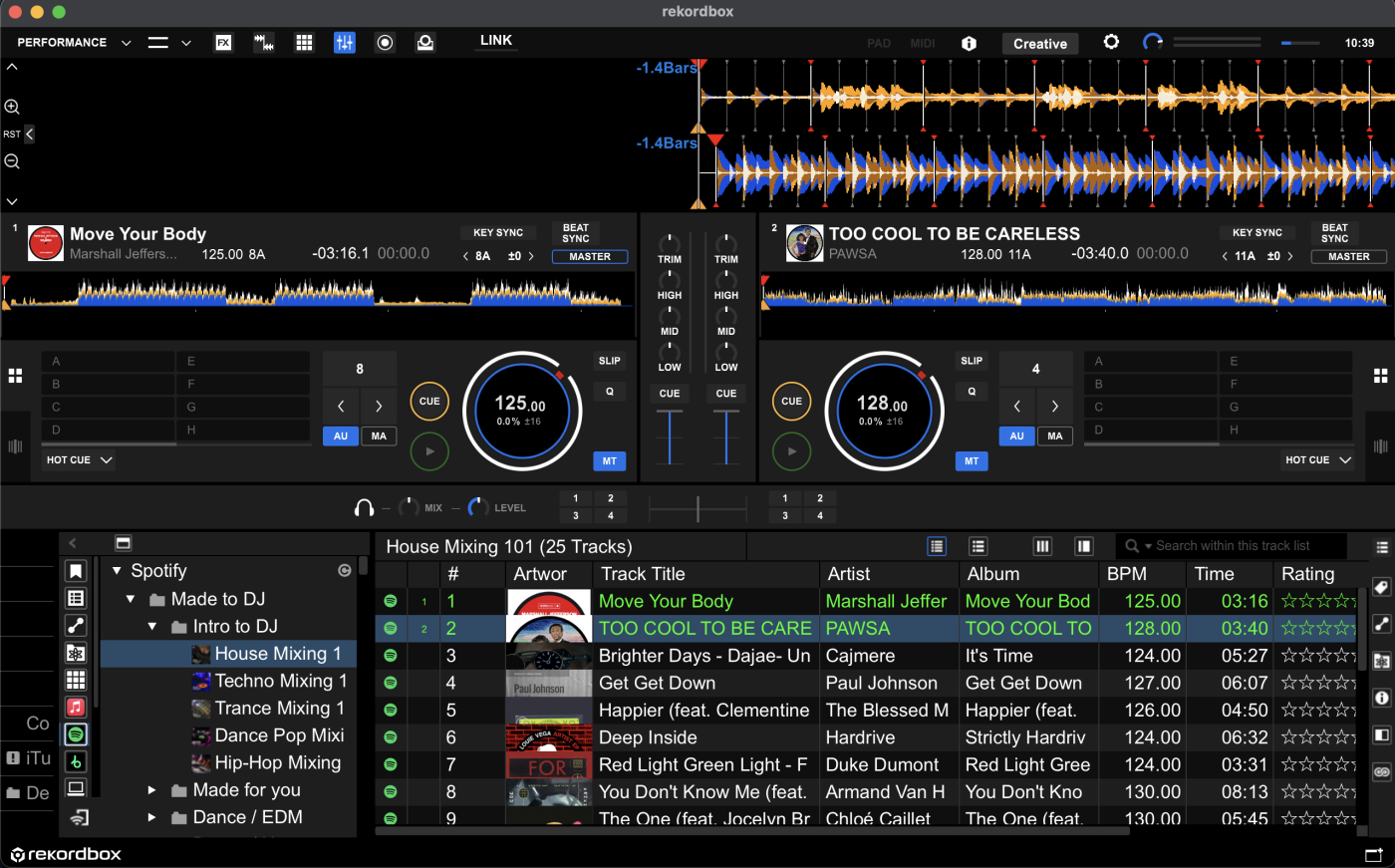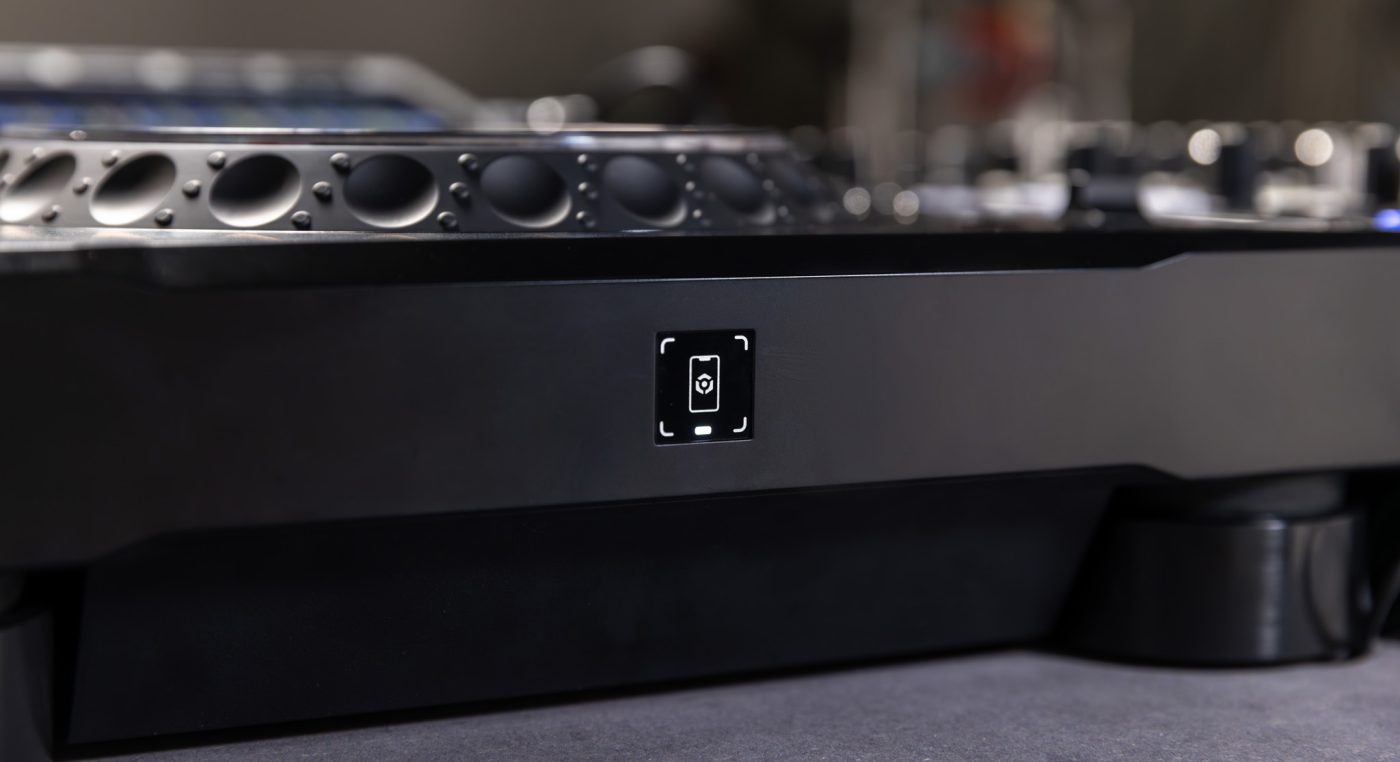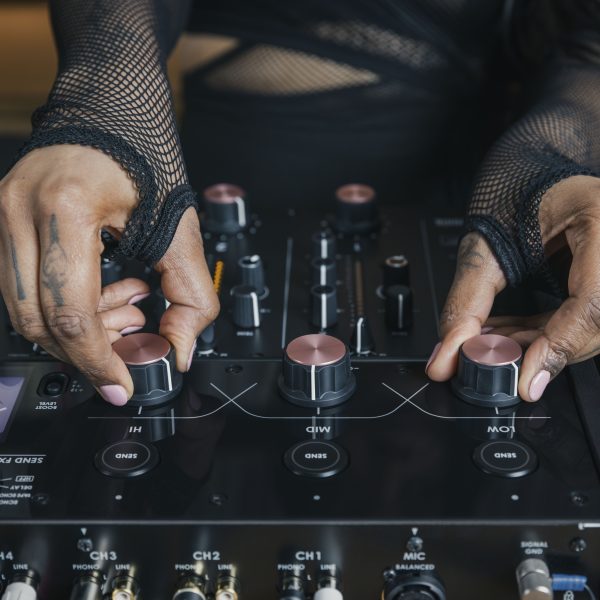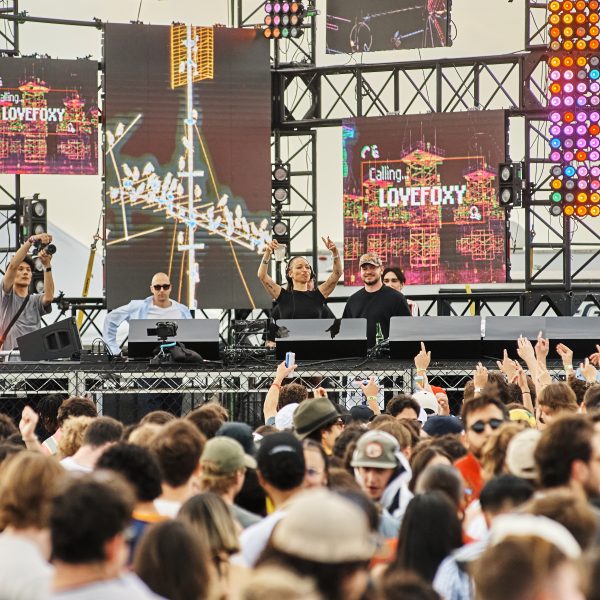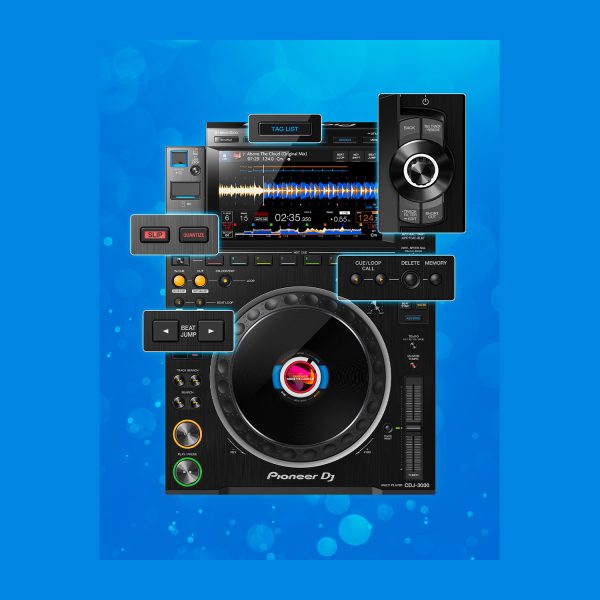For years now, streaming has been by far the most popular way to hear music. Whether it’s at home, in the car, or anywhere at all with half-decent Wi-Fi or phone data, streaming platforms are our constant companions, ready to serve us on demand with tens of millions of songs. But things are different for DJs. Most play with a format that’s back in the iPod era: downloading and managing music files, before exporting them for use on another device, in this case a CDJ or similar player. There’s nothing wrong with this as such. DJs understandably don’t want to disrupt reliable processes. But many are now curious about, or are already using, what’s set to be the next major way to play: cloud and streaming services, i.e. DJing via the internet.
The integration of streaming services in rekordbox actually dates back to 2017. Version 5.0 of rekordbox connected to Beatport LINK and SoundCloud Go+, but it was a feature that likely passed most people by at the time. Things tend to move gradually in the DJ tech world, and so it was just last month, with the arrival of the CDJ-3000 X, that our flagship media player fully embraced the era of streaming and cloud DJing.
The CDJ-3000 X joins the likes of the XDJ-AZ, OMNIS-DUO, and OPUS-QUAD in including built-in Wi-Fi, which, along with the convenience of not having to use an ethernet cable, increases the pool of venues at which cloud DJing becomes possible. An NFC (near-field communication) touchpoint and QR code on the CDJ means that if you’re logged into rekordbox on your phone, a simple tap is all you need to access your collection and start DJing.
For anyone new to cloud DJing, this all might sound a bit technical. Let’s back up and look at the two of the main workflows.
CloudDirectPlay, which is available through the Creative and Professional rekordbox plans, gives you direct access to your collection, which is stored via Dropbox or Google Drive. You build playlists in the way you usually would in rekordbox, but with cloud syncing enabled and your laptop or a compatible device (like the new CDJ) connected to the internet, the latest versions of those playlists are right there ready for you. This means no more uploading to USBs and, if you so desire, access to your entire music collection wherever you go.
With Cloud Library Sync, your playlists, Hot Cues, beatgrids, etc., stay in step across laptop and mobile. This gets around the frustrating scenario where you want to make a last-minute addition or tweak to your playlists but have already uploaded everything to your USB. There’s also the peace of mind that both your playlists for a gig, and your collection more generally, are stored securely in the cloud.
The main benefit of DJing from streaming services, meanwhile, is pretty obvious: access to millions of songs via platforms that you may use anyway. Last month rekordbox added Spotify, the world’s biggest streaming service, to a list of compatible platforms that includes Beatport Streaming, Beatsource Streaming, Apple Music, TIDAL, and SoundCloud. There are some nuances and restrictions on what you can do with the tracks, but for the most part the experience is the same as loading up your own music files. Some of these services (Beatport, Beatsource, TIDAL, SoundCloud DJ) even allow for offline music lockers if you’re using a DJ platform like rekordbox, a great insurance policy in the event of poor internet connection.
Speaking of which, the first question that DJs new to the cloud and streaming tend to ask: Will my track stop playing if the internet cuts out? The short answer is no. Whether you’re using rekordbox or a compatible unit like the CDJ-3000 X, the track won’t let you play it unless it’s fully loaded, although it might take a few seconds more for it to be analyzed and for its waveform to display. How long that track takes to load will depend on your internet speed and the size of the file, but we’re generally talking under 10 seconds, and with better connections, just a few seconds.
The extent to which cloud and streaming DJing will benefit you depends on your individual circumstances, so we’ve put together six practical use cases to demonstrate how all of this can work in the real world.

